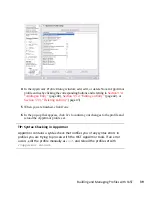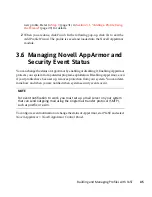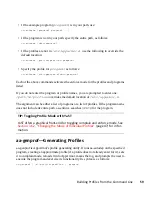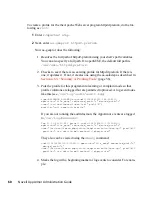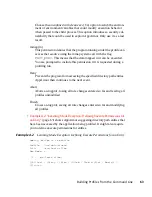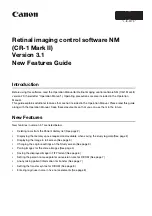
WARNING
AppArmor is a powerful access control system and it is possible to lock
yourself out of your own machine to the point where you must boot the
machine from a rescue medium (such as the first medium of openSUSE)
to regain control.
To prevent such a problem, always ensure that you have a running, uncon-
fined,
root
login on the machine being configured when you restart the
AppArmor module. If you damage your system to the point where logins
are no longer possible (for example, by breaking the profile associated
with the SSH daemon), you can repair the damage using your running
root
prompt then restart the AppArmor module.
4.2 Building AppArmor Profiles
The AppArmor module profile definitions are stored in the
/etc/apparmor.d
di-
rectory as plain text files. For a detailed description of the syntax of these files, refer
to
Chapter 2, Profile Components and Syntax
(page 11).
All files in the
/etc/apparmor.d
directory are interpreted as profiles and are
loaded as such. Renaming files in that directory is not an effective way of preventing
profiles from being loaded. You must remove profiles from this directory to prevent
them from being read and evaluated effectively.
You can use a text editor, such as vim, to access and make changes to these profiles.
The following options contain detailed steps for building profiles:
Adding or Creating AppArmor Profiles
Refer to
Section 4.3, “Adding or Creating an AppArmor Profile”
(page 52)
Editing AppArmor Profiles
Refer to
Section 4.4, “Editing an AppArmor Profile”
(page 52)
Deleting AppArmor Profiles
Refer to
Section 4.5, “Deleting an AppArmor Profile”
(page 52)
Building Profiles from the Command Line
51



